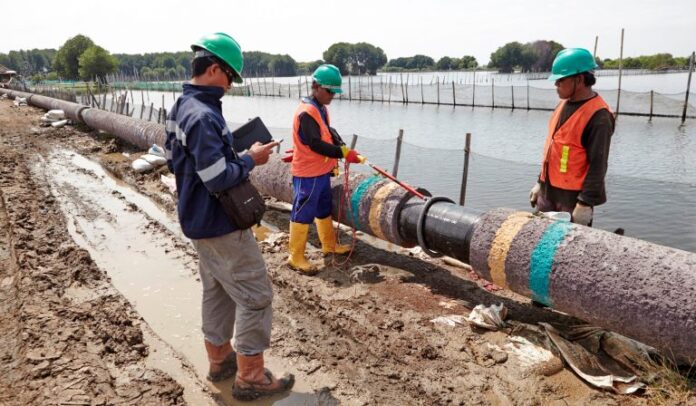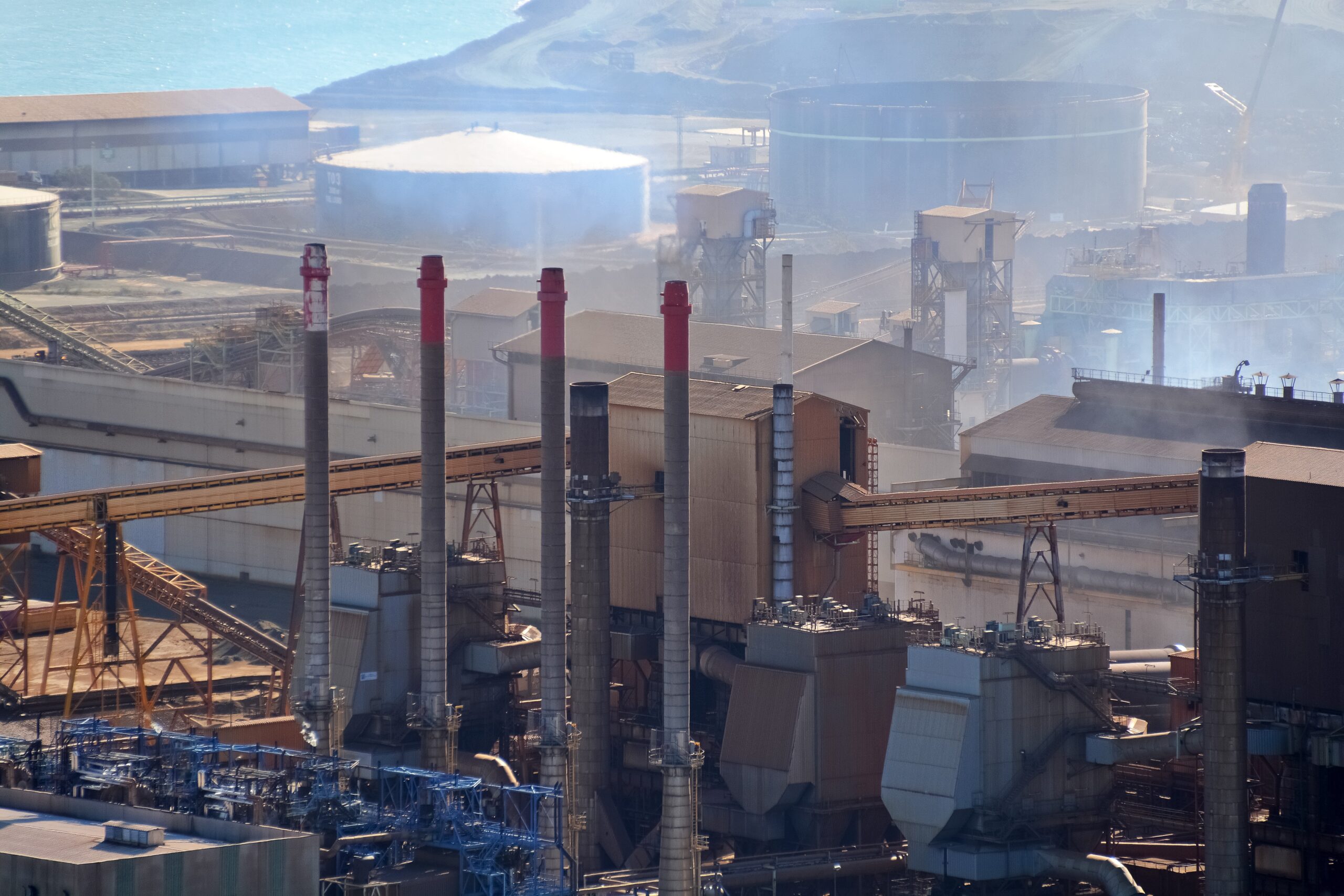
The Ministry of Energy and Mineral Resources (ESDM) has set its sights on completing the Dumai-Sei Mangkei Gas Transmission Pipeline project by the year 2027. This ambitious endeavor, spanning 400 kilometers, stands as a crucial component of the National Strategic Project (PSN).
This pivotal initiative finds its roots in the Presidential Regulation Number 109 of 2020, marking the Third Amendment to Presidential Regulation Number 3 of 2016, which outlines the acceleration of PSN implementation.
Minister of ESDM, Arifin Tasrif, articulated the government’s aspirations, indicating that the 400-kilometer Dumai – Sei Mangkei gas pipeline project is currently in the preparatory stages and is projected for completion by 2024.
Arifin shed light on the project’s significance, emphasizing its role in proactively addressing the potential surplus of natural gas, anticipated particularly in the Andaman Sea region. The foreseen abundance of gas resources could become a catalyst for various industries reliant on natural gas.
“If there is gas, it will be used for fertilizer and petrochemical factories in Lhokseumawe (Aceh) and other areas,” he added, underlining the potential economic impact of this strategic venture.
Delving into the financial aspects, the earmarked budget for the Dumai-Sei Mangkei gas pipeline construction stands at an impressive IDR 6.6 trillion. This substantial investment aims to facilitate the distribution of potential natural gas derived from the Agung and Andaman Working Areas in Aceh, benefitting regions across Java and Sumatra.
Arifin also provided a forward-looking perspective, asserting that the completion of the Dumai – Sei Mangkei gas pipeline project will seamlessly integrate the natural gas pipeline network from Aceh to East Java. This aligns with the broader strategy, which includes the earlier completion of the Cirebon-Semarang (Cisem) Phase I gas pipeline in 2023 and the anticipated conclusion of Cisem Phase II in 2025.
In addition to the strategic benefits for industry, the interconnected natural gas infrastructure foresees tangible advantages for the general public. The development of household natural gas (jargas) networks along the pipeline route will offer an alternative to conventional LPG usage, contributing to reduced dependence on this energy source.
“In the future, we aim to make it easy for the public, making it affordable and competitively priced, even cheaper than LPG,” elucidated Arifin, highlighting the government’s commitment to ensuring broader accessibility to cleaner and more cost-effective energy solutions.
Looking ahead, the ambitious project anticipates an increase in household gas connections, with an estimated addition of 300,000 connections in Cisem and 600,000 in Dumai-Sei Mangkei.
Beyond the immediate socio-economic impact, these projections point towards significant savings, including a reduced subsidy for 3 kg LPG by IDR 630 billion annually and savings of IDR 1.08 trillion per year in LPG import expenditures. As the government propels these infrastructure developments, the nation moves closer to a more sustainable and economically viable energy future.






















